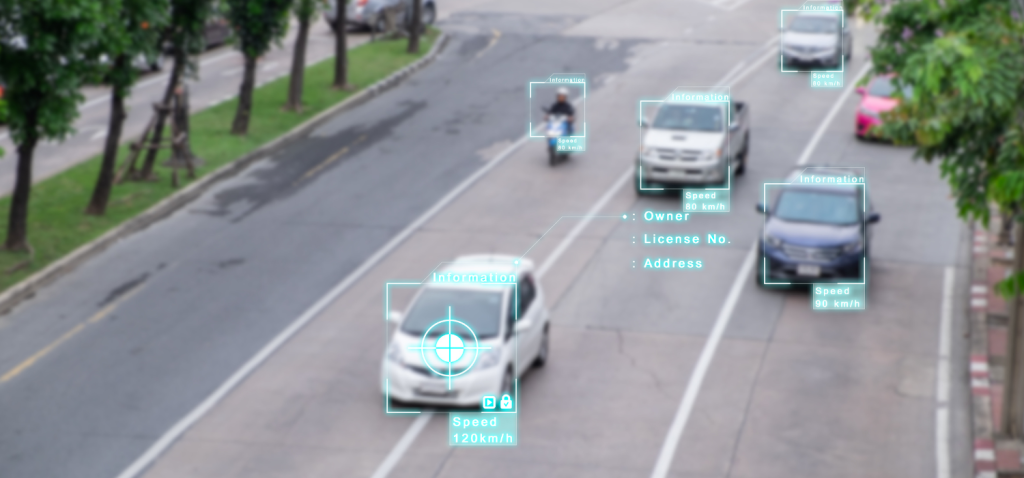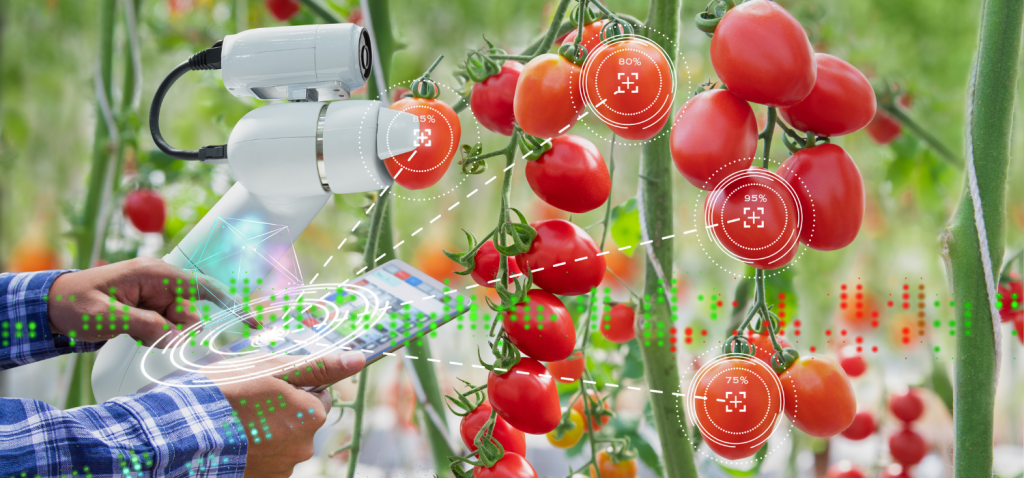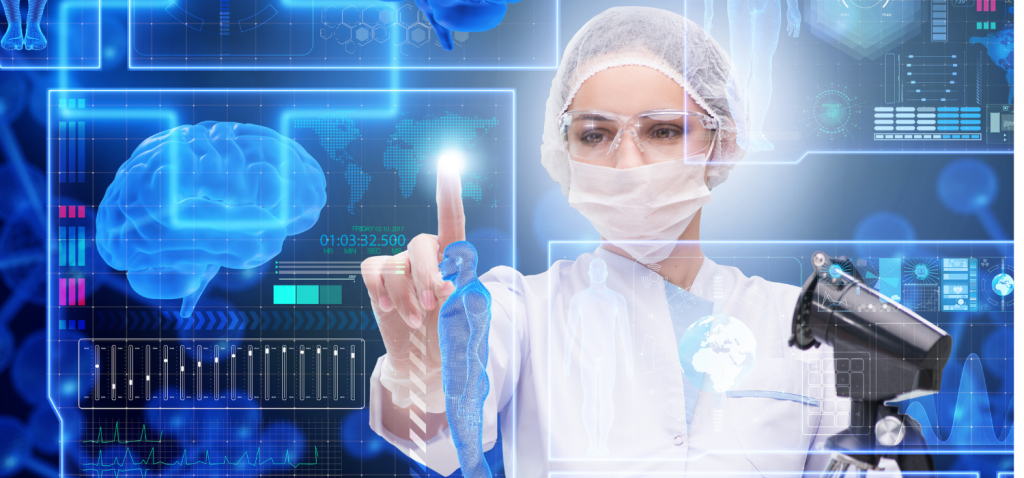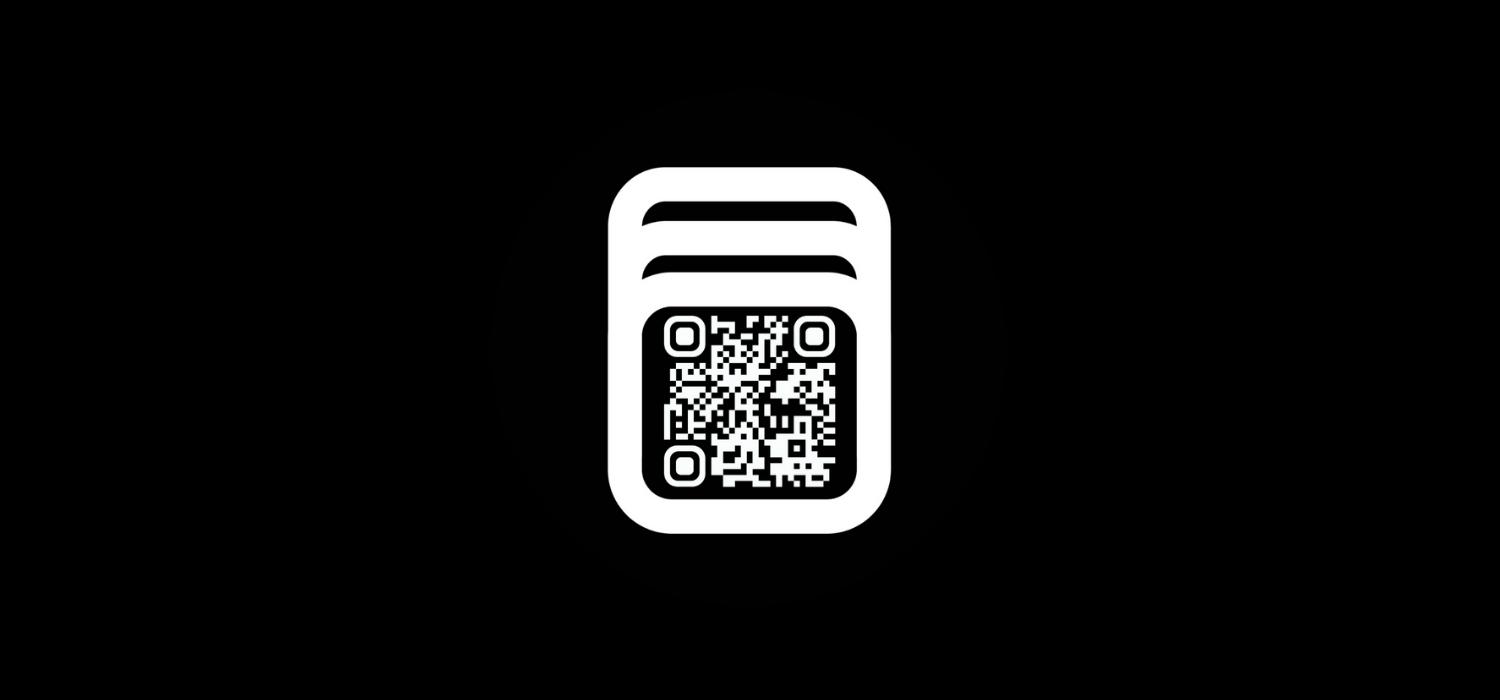Exploring Artificial Intelligence: Transformative Examples
Artificial Intelligence (AI) refers to the technology that enables machines to replicate human intelligence functions. AI is not merely theoretical; it has significantly influenced various aspects of our lives, offering innovative solutions previously unimaginable. Let’s delve deeper into the concept of Artificial Intelligence and explore its practical applications in everyday human life.
What is Artificial Intelligence (AI) and Its Examples
AI in Urban Traffic Management
In several major cities, AI has been employed to optimize traffic management. For instance, an AI system integrated with road cameras and sensors can analyze traffic patterns in real-time and adjust traffic lights to reduce congestion. This not only saves travel time but also contributes to the reduction of gas emissions.
Artificial Intelligence (AI) plays a crucial role in urban traffic management, offering various tools and solutions to enhance traffic efficiency and safety. Here are some tools and applications of AI in urban traffic management:

- Real-time Traffic Monitoring and Analysis: AI-based methods are utilized to monitor and analyze traffic flow in real-time, enabling prediction and detection of traffic patterns. This facilitates the establishment of a traffic network that facilitates quicker and easier coordination among traffic personnel and drivers. With real-time traffic monitoring and analysis, AI helps create a more responsive and efficient traffic system, enhancing travel smoothness and reducing congestion risks.
- Real-time Traffic Monitoring and Analysis: AI-based methods are utilized to monitor and analyze traffic flow in real-time, enabling prediction and detection of traffic patterns. This facilitates the establishment of a traffic network that facilitates quicker and easier coordination among traffic personnel and drivers. With real-time traffic monitoring and analysis, AI aids in creating a more responsive and efficient traffic system, enhancing travel smoothness and reducing congestion risks.
- Intelligent Traffic Control Systems: AI-based intelligent traffic control systems, such as the Adaptive Neuro-Fuzzy Inference System (ANFIS) based Intelligent Traffic Control System (ITCS) or Anfis-Based ITCS, are currently being developed to enhance traffic control in urban areas. ANFIS-based ITCS can learn from existing traffic flow data and predict future traffic flow on urban main roads. Its operation involves evaluating traffic conditions on adjacent lanes (Oluwafemi Awoyera, 2019). Intelligent traffic control systems pave the way for more effective urban traffic management, supporting efforts towards more sustainable city development.
- Automated Vehicles: AI plays a crucial role in the development of automated vehicles, which have the potential to significantly impact urban traffic management. AI can enhance road safety and reduce congestion. AI-based automated vehicles have the potential to revolutionize how we interact with urban traffic, offering solutions for road safety and congestion reduction.
These tools and applications demonstrate various ways AI can be utilized to address traffic control issues, reduce congestion, and enhance overall efficiency and safety in urban traffic management. Some AI names that can be used for transportation systems include:
AI in Smart Agriculture
In the field of agriculture, AI assists farmers in enhancing efficiency and productivity. With AI-powered drones and sensors, farmers can monitor crop and soil conditions, diagnose issues, and optimize water and fertilizer usage. This ultimately leads to more sustainable and productive farming practices.

Artificial Intelligence (AI) is revolutionizing smart agriculture through various tools and technologies. Here are some key AI tools and applications in smart farming:
- Precision Farming: AI is utilized for precision farming, enabling farmers to make data-driven decisions to optimize crop yields, resource utilization, and sustainability. This includes tools for yield prediction, precision irrigation, and waste reduction. With precision farming, AI supports farmers in enhancing efficiency and productivity while reducing waste, leading to more sustainable agricultural practices.
- Automated Weeding: AI tools are used to identify and eradicate weeds in agricultural fields automatically, improving effectiveness and precision in weed removal, ultimately leading to better harvests and cost reduction for farmers. Automated weeding with AI helps farmers manage fields more efficiently, reduce workload, and increase crop yields.
- Drones for Crop Monitoring: Drones equipped with AI-powered computer vision systems are used for crop monitoring. This enables farmers to assess plant health, detect diseases, and optimize field management practices. The use of AI-based drones in crop monitoring provides valuable insights into plant conditions, enhancing field management and harvest quality.
- Weather Forecasting and Climate Monitoring: AI tools are utilized for more reliable weather forecasts, enabling farmers to make crucial decisions about planting and harvesting. Artificial Intelligence (AI) facilitates weather prediction by rapidly processing large amounts of atmospheric data. AI combines information from satellites, radar, and weather stations. These data points include temperature, humidity, wind speed, and air pressure. AI algorithms process this data to create predictive models (Global Tech Council, 2023). AI in weather forecasting and climate monitoring helps farmers plan better, reducing the risk of losses due to unforeseen weather conditions.
- Livestock Monitoring: AI tools are employed for livestock monitoring, enabling farmers to track the health, behavior, and productivity of animals, leading to better livestock management practices. Livestock monitoring with AI provides farmers with the ability to manage their livestock more effectively, enhancing animal health and productivity.
These AI tools and technologies are transforming agriculture by enhancing productivity, sustainability, and efficiency, while enabling farmers to address various challenges such as climate change and labor shortages. Some AI names that can be used for agricultural systems include:
- FarmBot: AI-driven agricultural automation systems for crop management.
- Blue River Technology: Harnessing AI for computer vision solutions in image processing and plant recognition.
- John Deere Precision Ag: Integrating AI technology to enhance efficiency and productivity in agriculture.
- Granular (Corteva Agriscience): Providing a farming management platform leveraging data analytics and AI.
- Gamaya: Utilizing remote sensing technology and machine learning for agricultural monitoring.
AI in Remote Health Diagnosis
AI is also revolutionizing the healthcare sector, particularly in remote diagnosis. With AI, doctors can diagnose patients from remote locations through the analysis of patient medical data collected via applications or specific devices. This technology enables broader access to healthcare, especially in remote areas.
In a journal called “Artificial Intelligence: How is It Changing Medical Sciences and Its Future?”, it is mentioned that AI can assist in diagnosing diseases and recommending treatments by analyzing patient data and medical records. The utilization of Artificial Intelligence in diagnosis and treatment represents a significant breakthrough in the medical world.

With its ability to process and analyze large datasets, AI can provide more accurate and rapid insights in determining the type of disease and the most appropriate treatment, aiding doctors in delivering more effective and personalized care to patients.
Some AI names used in disease diagnosis systems in the field of medicine include:
- IBM Watson for Oncology: Utilizing artificial intelligence to assist doctors in the diagnosis and treatment planning for cancer patients.
- Google Health’s DeepMind: Applying AI technology for disease diagnosis, including identification and monitoring of medical images.
- AIDoc Medical: Harnessing deep learning to assist radiologists in detecting anomalies in medical images such as CT scans and MRI.
- PathAI: Focusing on histopathological image processing to aid pathologists in diagnosing diseases more accurately.
- Butterfly Network: Integrating artificial intelligence into portable ultrasound scanning devices to support disease diagnosis.
Read Also Don’t Miss the Opportunity: How to Use CHAT GPT to Write a Job Application Letter.
AI in the Business World: Boundless Innovation
Optimizing AI in business offers several advantages. AI enhances efficiency by automating processes, thereby supporting competitiveness. Task automation boosts productivity, enabling employees to focus on strategic work.
The role of AI in personalized customer interactions enhances satisfaction, loyalty, and business outcomes. Data-driven insights from AI contribute to better decision-making, while advanced fraud detection enhances security measures.
Moreover, AI significantly reduces operational costs by automating labor-intensive tasks. Overall, these benefits underscore the substantial impact of AI on businesses, encompassing operational improvements, customer relationships, and decision-making processes.

One significant benefit of using AI is its ability to personalize customer experiences.
Here are some AI names that can be used in business:
- Salesforce Einstein: Implementing artificial intelligence to provide customer insights, sales predictions, and personalized customer experiences.
- Google Cloud AI: Providing AI services including machine learning, image recognition, and natural language processing.
- Microsoft Azure AI: Providing AI tools and services encompassing machine learning, natural language processing, and image recognition.
- Amazon AI: Incorporating AI services under the AWS platform, including image recognition, natural language processing, and Polly for speech synthesis.
- Oracle AI: Offering AI solutions for data analytics, chatbots, and business intelligence.
Conclusion
AI is no longer a science fiction concept but has become a real part of our world. Understanding what Artificial Intelligence is and its examples in everyday life is crucial. Because AI itself can be used to manage traffic to inspiring works of art, AI paves the way for limitless innovation. All we can do is adapt and harness the immense potential offered by this technology.
Understand how Artificial Intelligence works to stay updated with technological advancements. Want to expand your network effortlessly? Gotap.id, a provider of digital business cards, offers sophisticated solutions with digital technology to enhance your business interactions. Visit Gotap.id now to start your digital business transformation with innovative and efficient business cards!
Are you ready to upgrade your networking game with GOTAP? Start today and leave a lasting impression in every meeting. Join the future of networking now!


